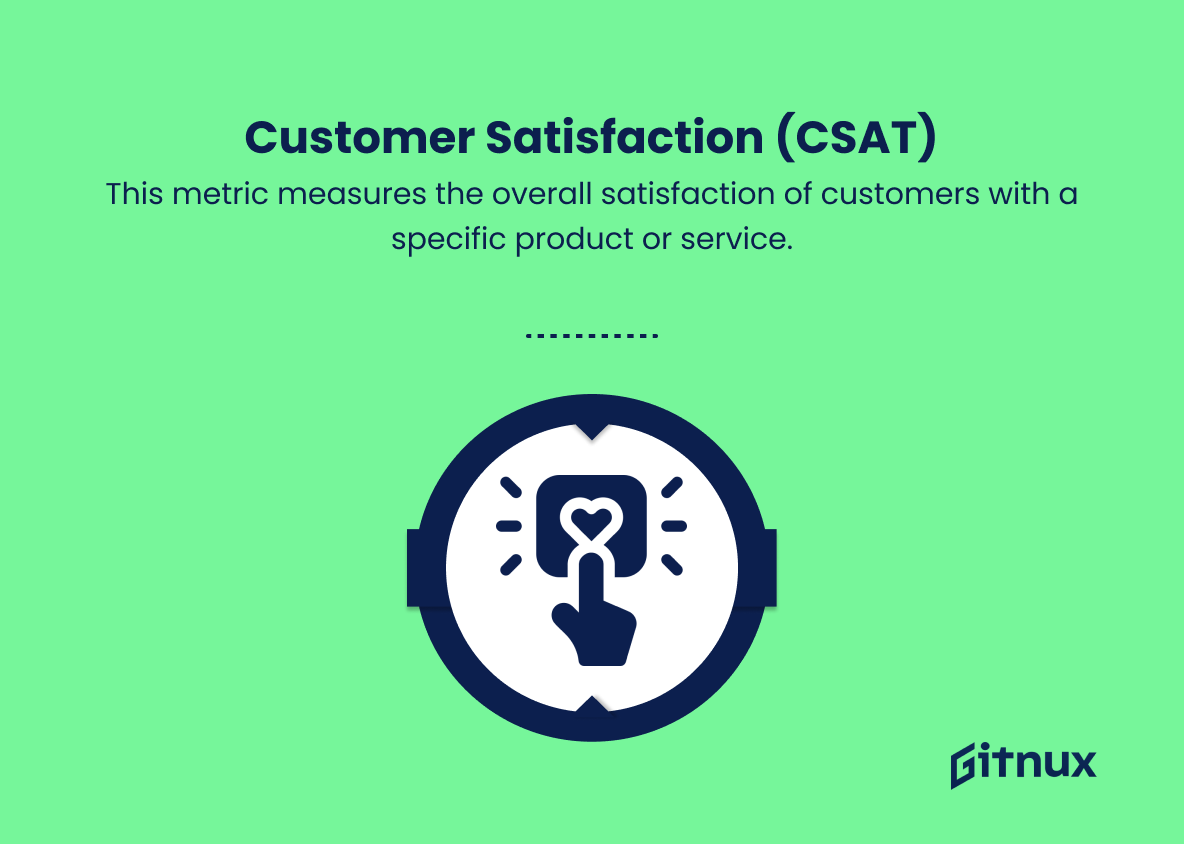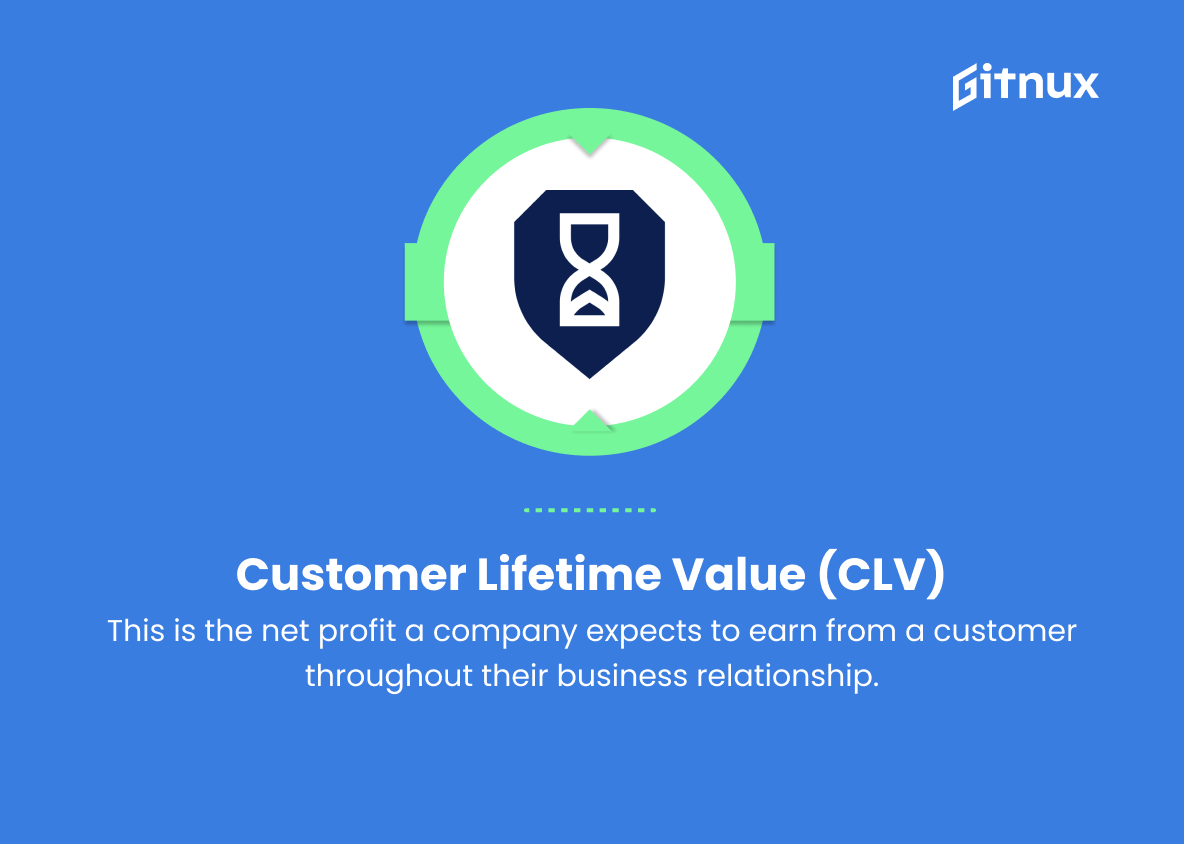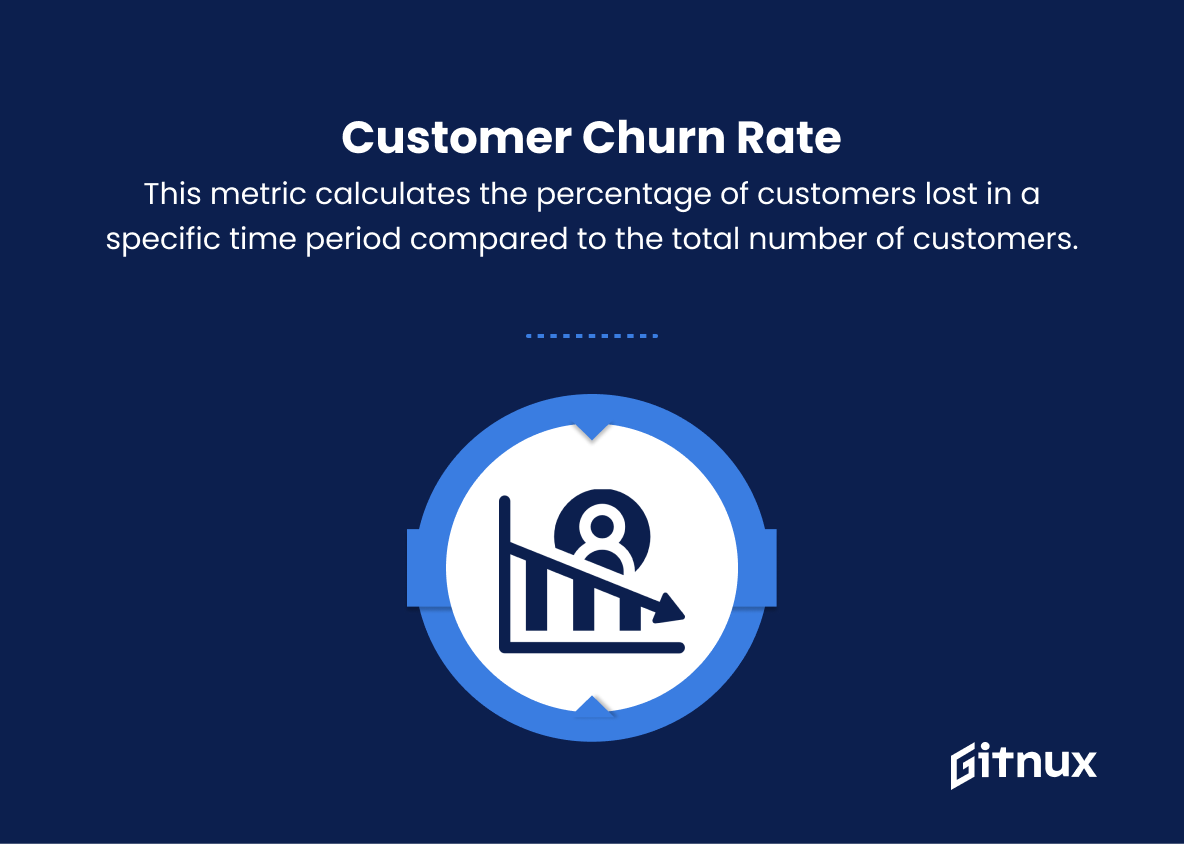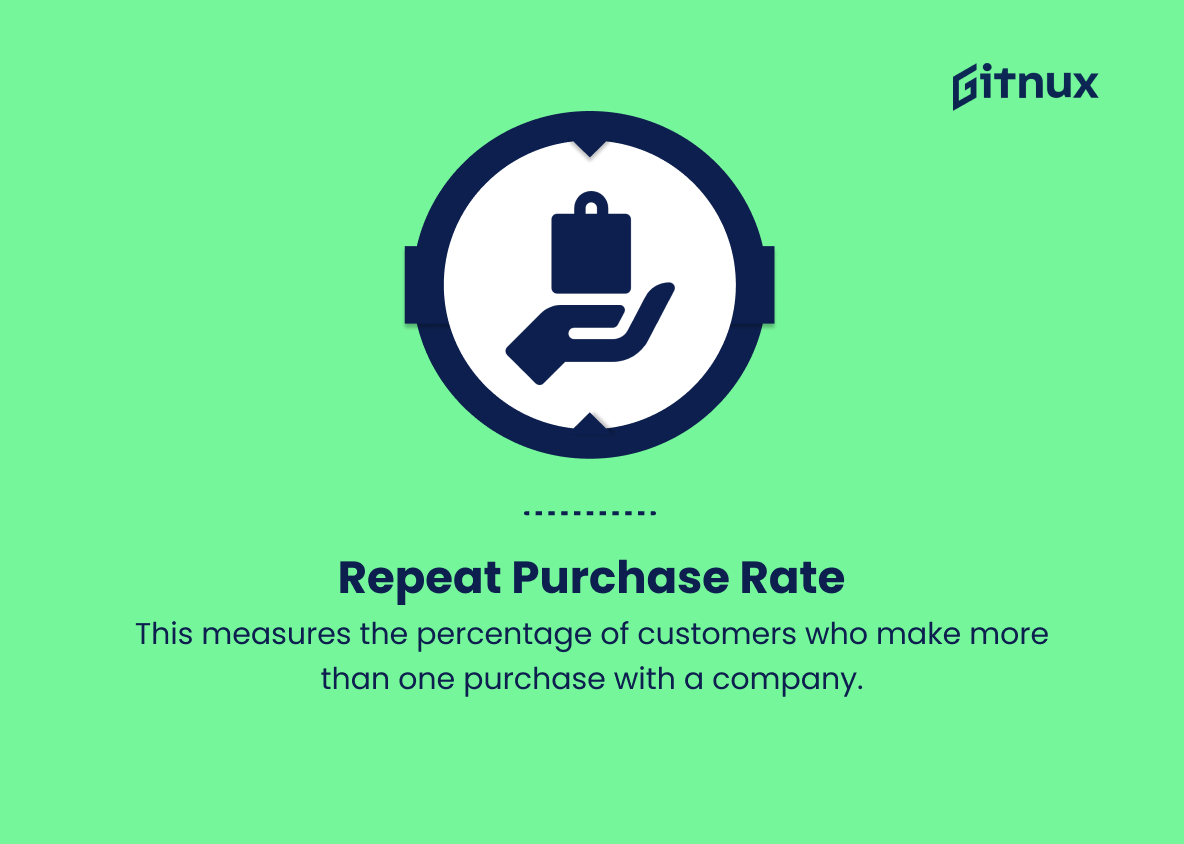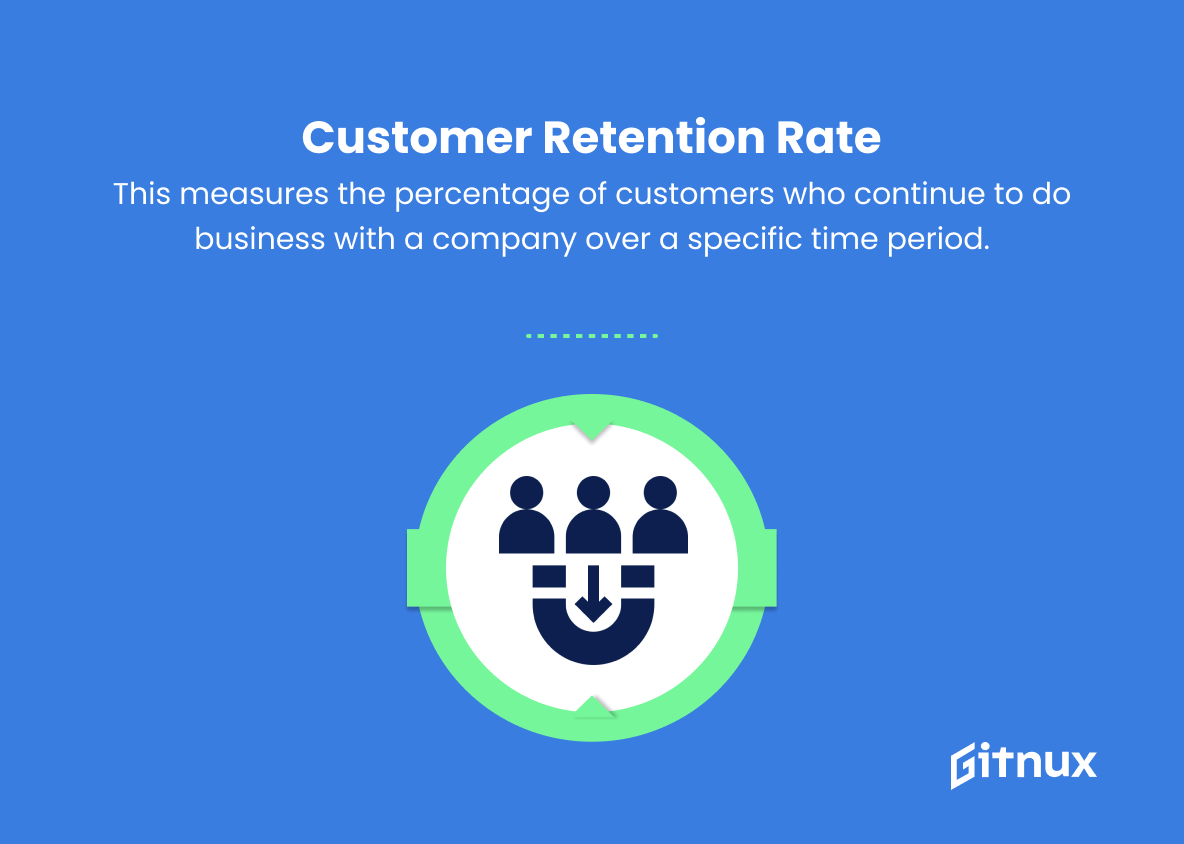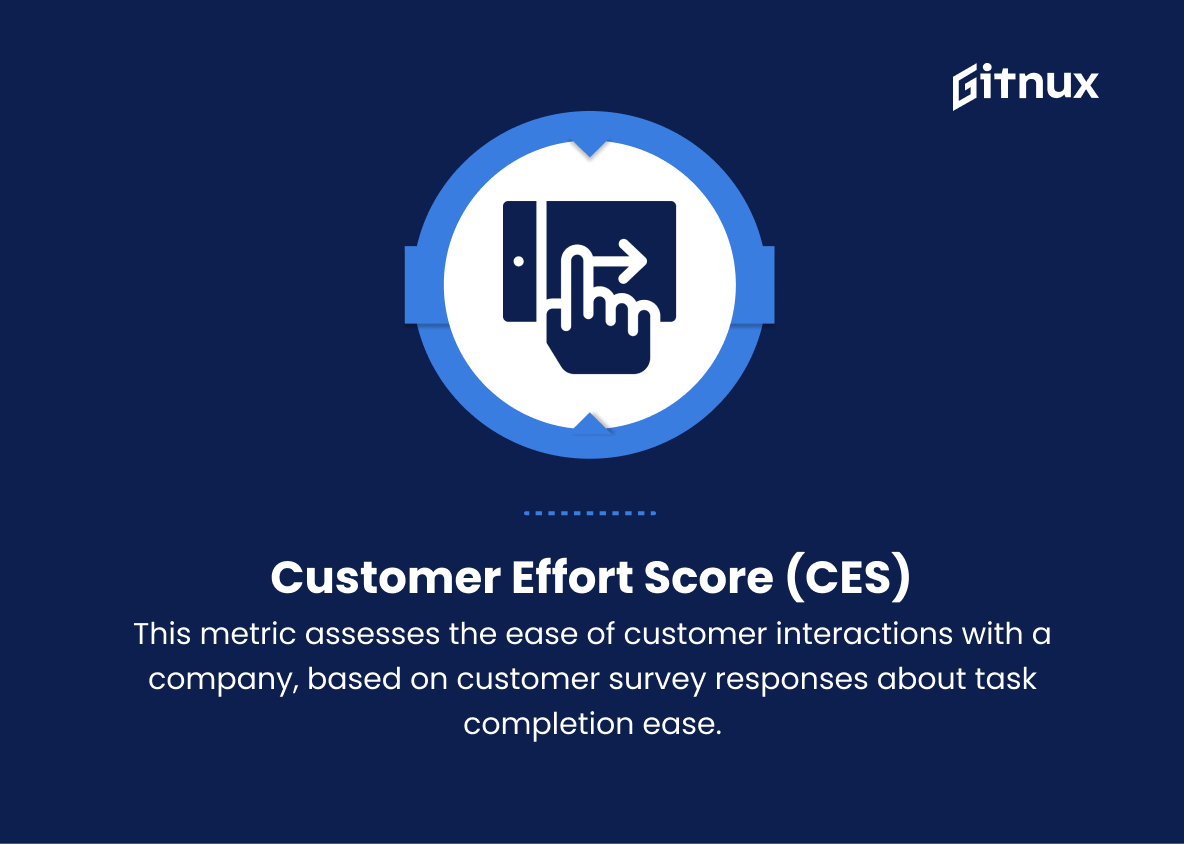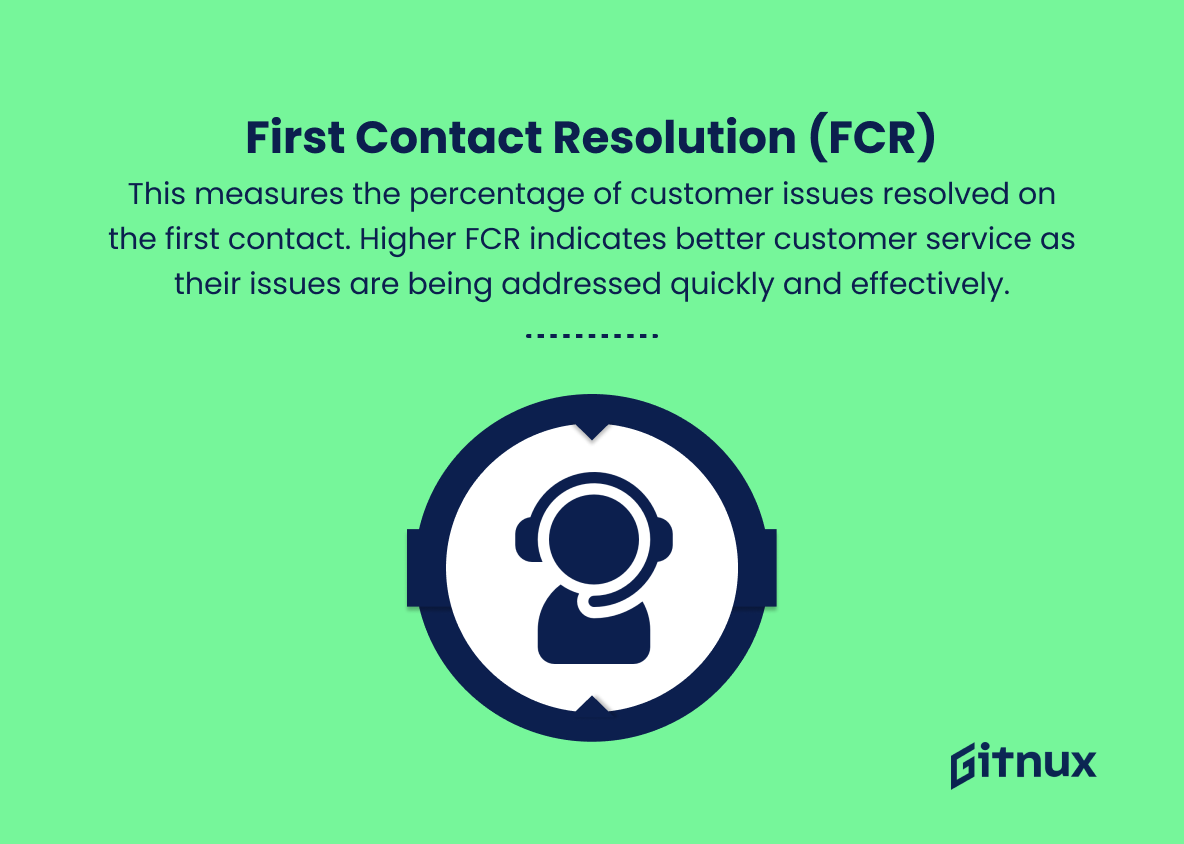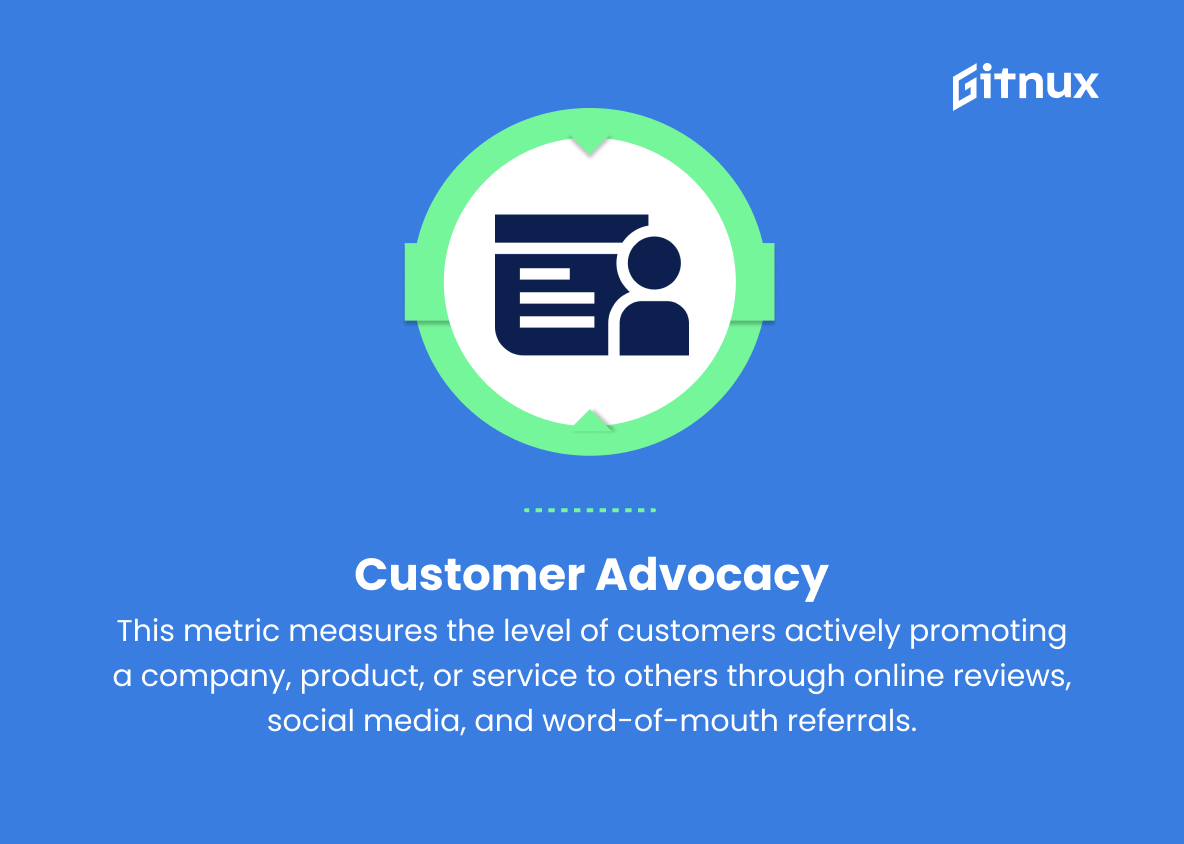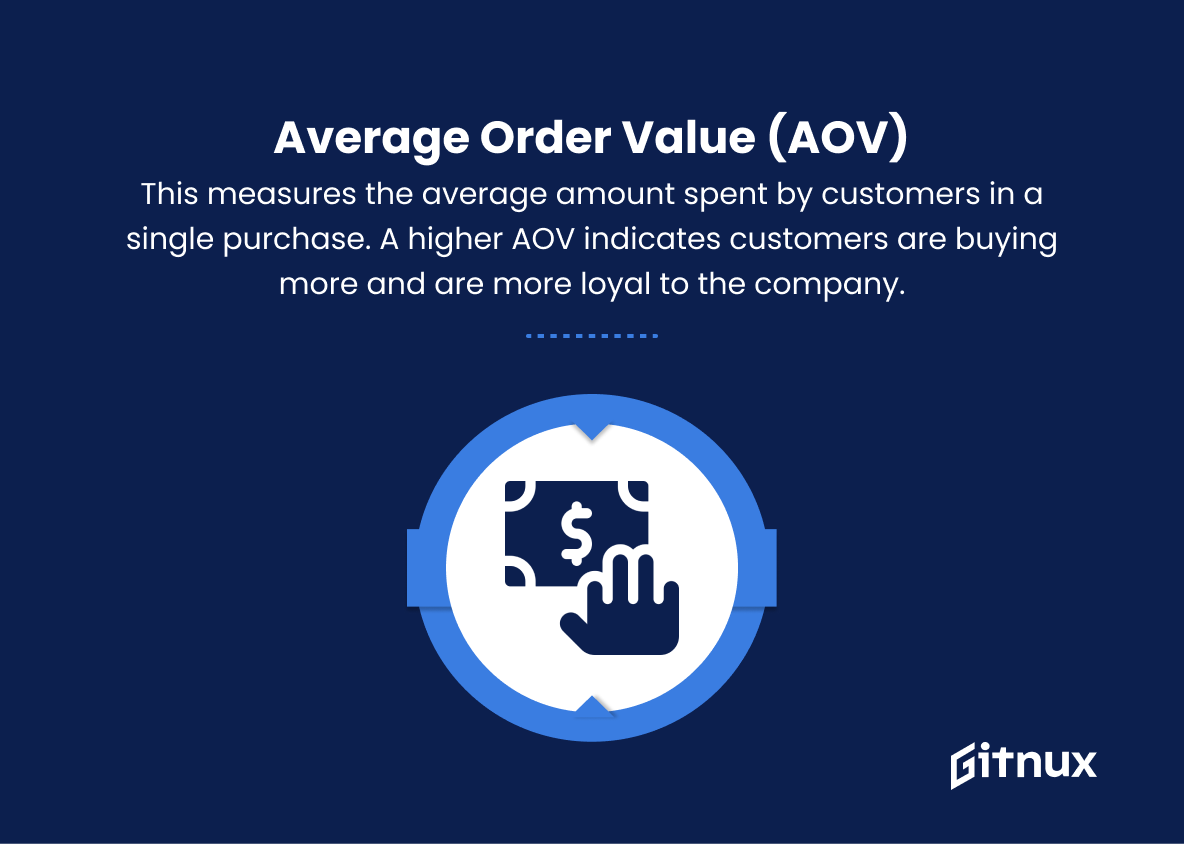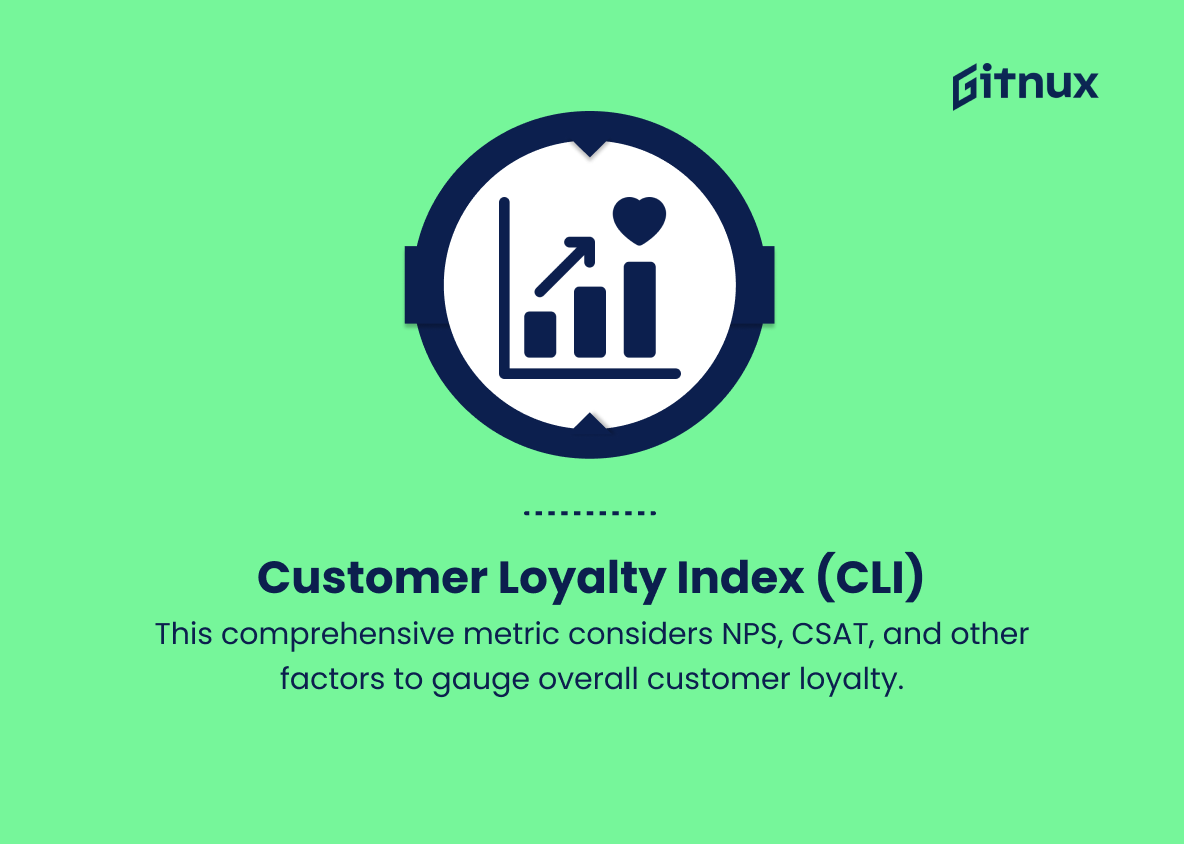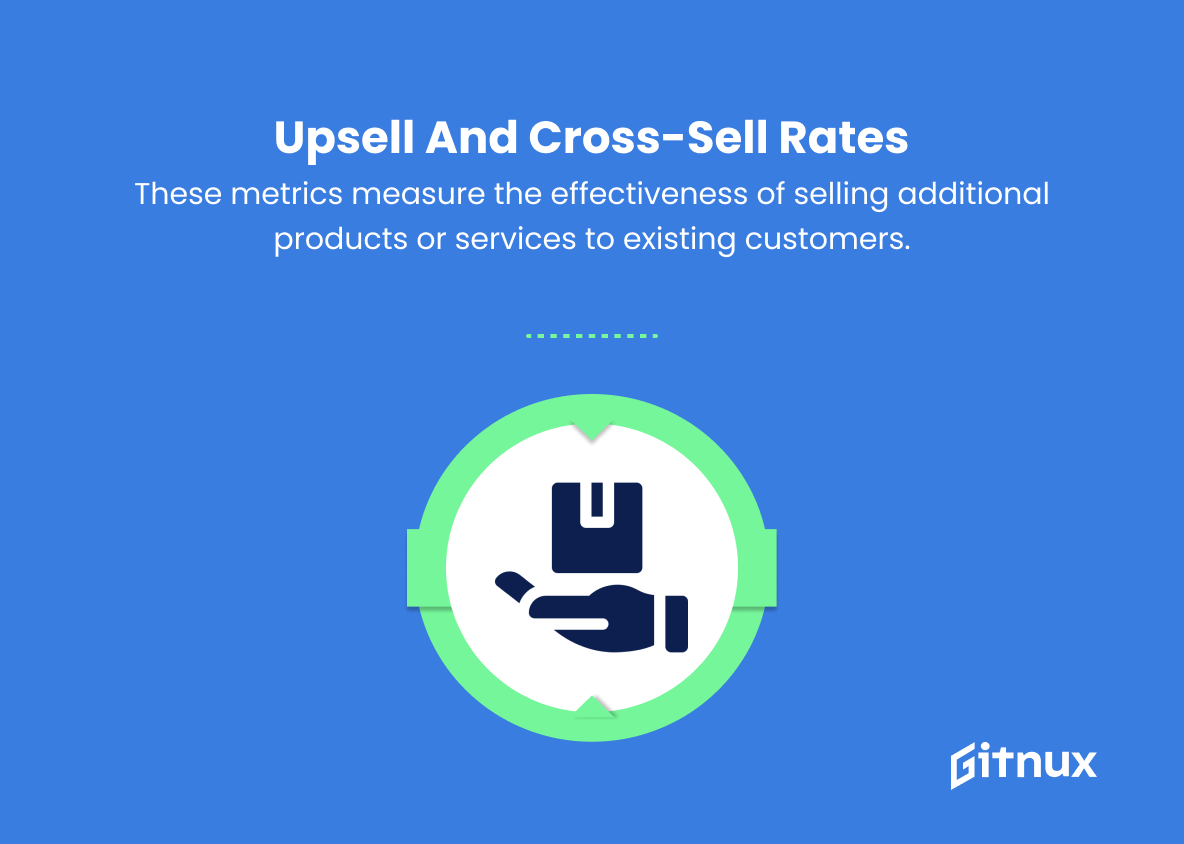In today’s highly competitive business landscape, customer loyalty is no longer a luxury, but rather a necessity for companies seeking sustainable growth and profitability. Gone are the days when brands could rely solely on their products or services to keep customers coming back. In this data-driven age, understanding, measuring, and nurturing customer loyalty has become a crucial aspect of business strategy.
In this thought-provoking blog post, we will delve into the world of Customer Loyalty Metrics: the essential tools that provide invaluable insights into your customers’ behaviors, preferences, and the overall effectiveness of your loyalty initiatives. By comprehending these metrics, you can craft personalized experiences, improve customer retention, and ultimately drive your business towards enduring success. So, buckle up and get ready to learn about the key metrics that will change the way you perceive, manage, and optimize customer loyalty.
Customer Loyalty Metrics You Should Know
1. Net Promoter Score (NPS)
This metric measures the likelihood of customers recommending a company to others. It is calculated by subtracting the percentage of detractors (customers who rate a company 6 or lower on a scale of 0-10) from the percentage of promoters (customers who rate a company 9-10).
2. Customer Satisfaction (CSAT)
This metric measures the overall satisfaction of customers with a specific product or service. It is usually based on a survey question, often using a 1-5 scale or percentage, with 1 being extremely dissatisfied and 5 being extremely satisfied.
3. Customer Lifetime Value (CLV)
This is the net profit a company expects to earn from a customer throughout their business relationship. It takes into account the total revenue received from the customer and the costs associated with acquiring and maintaining the relationship.
4. Customer Churn Rate
This metric calculates the percentage of customers lost in a specific time period compared to the total number of customers. A low churn rate indicates good customer retention, while a high churn rate may indicate problems with customer satisfaction or engagement.
5. Repeat Purchase Rate
This measures the percentage of customers who make more than one purchase with a company. A high repeat purchase rate indicates strong customer loyalty and satisfaction with the product/service.
6. Customer Retention Rate
This measures the percentage of customers who continue to do business with a company over a specific time period. It shows how successful a company is at keeping their customers satisfied and continuing to buy their products/services.
7. Customer Effort Score (CES)
This metric measures the ease of customer interactions with a company. It is based on a survey question asking customers to rate the ease/difficulty of completing a specific task, such as getting an issue resolved or making a purchase.
8. First Contact Resolution (FCR)
This measures the percentage of customer issues resolved on the first contact. Higher FCR indicates better customer service as their issues are being addressed quickly and effectively.
9. Customer Advocacy
This metric measures the level of customers actively promoting a company, product, or service to others through online reviews, social media, and word-of-mouth referrals.
10. Average Order Value (AOV)
This measures the average amount spent by customers in a single purchase. A higher AOV indicates customers are buying more and are more loyal to the company.
11. Customer Loyalty Index (CLI)
This comprehensive metric takes into account multiple factors including NPS, CSAT, and other customer behaviors like repeat purchases or customer lifetime value to measure the overall loyalty of customers to a company.
12. Upsell and Cross-Sell Rates
These metrics measure the effectiveness of selling additional products or services to existing customers. Higher rates indicate increased customer loyalty and satisfaction.
By measuring, analyzing, and proactively acting on these customer loyalty metrics, companies can improve their customer experience, retention, and ultimately grow their business.
Customer Loyalty Metrics Explained
Customer loyalty metrics, such as Net Promoter Score (NPS), Customer Satisfaction (CSAT), Customer Lifetime Value (CLV), and many others, play a crucial role in understanding and improving a company’s relationship with its customers. These metrics help organizations gauge their success in maintaining customer satisfaction, engagement, loyalty, and overall business growth. By assessing metrics like Customer Churn Rate, Customer Retention Rate, and Repeat Purchase Rate, companies can identify problem areas and strategize ways to enhance customer experience, leading to increased revenue and growth.
In addition, measuring Customer Effort Score (CES), First Contact Resolution (FCR), and Customer Advocacy provides valuable insights into the effectiveness and efficiency of a company’s customer service processes. Metrics such as Average Order Value (AOV), Customer Loyalty Index (CLI), and Upsell and Cross-Sell Rates also aid in determining customer loyalty, satisfaction, and revenue generation. Investing time and resources into understanding and improving these metrics ensures a company’s ability to cultivate strong, long-lasting relationships with their customers, ultimately bolstering overall business success.
Conclusion
In conclusion, customer loyalty metrics are essential for businesses to not only measure the effectiveness of their current marketing strategies but also to continually improve their efforts in building long-lasting relationships with their customers. By diligently monitoring and analyzing key metrics such as purchase frequency, average transaction value, customer retention rate, churn rate, and finally, the Net Promoter Score, organizations can gain valuable insights into the preferences and behavior of their customers, allowing for better personalization and targeted improvements.
Furthermore, focusing on establishing strong emotional connections with customers and regularly seeking their feedback will significantly enhance customer loyalty and, in turn, increase the likelihood of sustained business growth and success.

